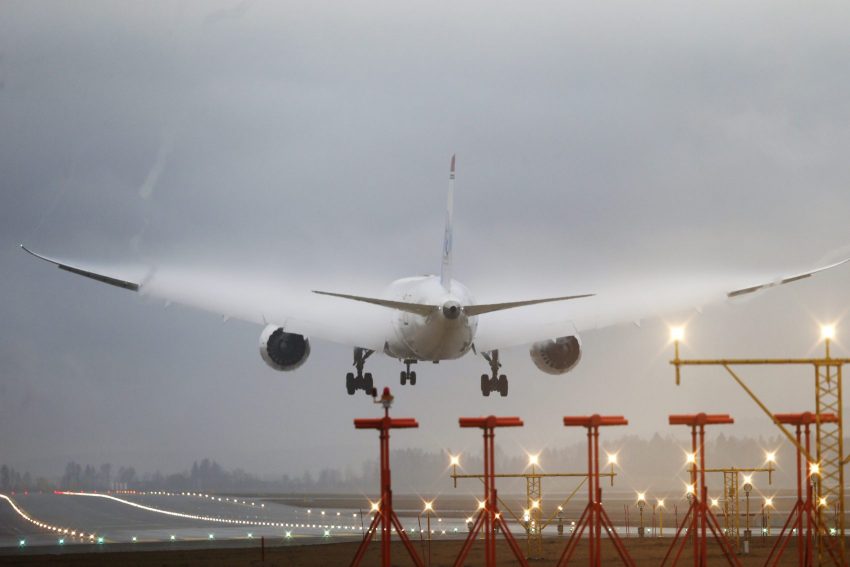The operation of airlines and airports is susceptible to weather conditions. Airlines have to cancel flights at airports with notable seasonality when strong winds, thunderstorms, and low visibility are expected. To minimise disruption and maintain critical air services in isolated areas, regional airports and airlines put forward a new solution of integrated operations in the Province of Yunnan, China. Located in the mountainous plateau and 100-200 km from each other, Boshan, Tengchong, and Mangshi airports introduced the integrated operation concept to accommodate their respective flights and passengers when experiencing local adverse weather. To70 China assisted the airport group to assess their integrated operation capability.
The integrated operation solution
The integrated operation considers the three airports as a single airport with three runways, but the available times might be different depending on weather conditions. An integrated operation center (IOC) was established to manage the whole process. If local meteorological forecast indicates the necessity of integrated operation, the IOC will consult the airlines, airports, ground handlers, ground transport, etc. and the integrated operation will be initiated with all stakeholders’ consent.
Flights bound for the airport group can be diverted to another airport as planned if the original landing runway is not available, after which passengers are transported to their original destination by coaches. For flights departing from the airport group, passengers are informed 3 or 4 hours in advance that their flights are diverted to another departure airport. They then take coaches to reach the new departure airport. The local authorities pay the extra costs involved.
The findings
A comprehensive assessment regarding the integrated operations was conducted, involving airspace, airside, terminal buildings, ground handlers, and ground transport. Because these three regional airports have different peak traffic patterns, it is possible for them to support one another during some specific hours.
Fast time simulation and theoretical modelling were implemented and showed that airspace and airside were less constrained than terminal facilities and ground handlers. Under extreme adverse weather conditions more than 100 coaches are required to facilitate the ground transport of diverted passengers. As unstable weather and mountainous terrain were recognised as the critical hazard for ground transport, it was suggested to reduce the meteorological forecast interval and conduct proper training to the coach drivers.
The challenges
As the integrated operation concept has been put into practice since 2018, a few issues have been identified. With diverted passengers, the existing terminal space and facilities might be overloaded and lead to lower service levels, such as longer waiting times and no seats available at peak hour. Besides, current regulations consider the on-time performance (OPT) of airlines and airports as an essential indicator for future slot approval. It is unclear how the OPT will be influenced and appraised considering these diverted flights. Furthermore, as this integrated concept extends the travel duration considerably and introduces new processes, airlines may receive more complaints from passengers.
In spite of the uncertainties it brings out, the integrated operation concept provides sufficient air service capacity for the inbound tourism market and local economy, and offers clear benefits of increased capacity and infrastructure utilisation. The Chinese regulatory authority is now considering it a model to be extended to other regional airport groups.
For more information, please get in touch with To70 China’s Managing Director.

